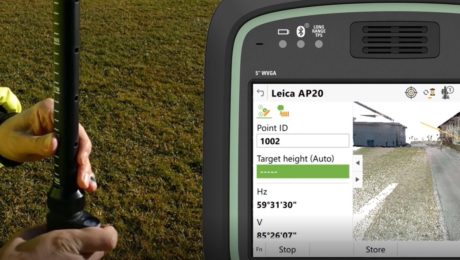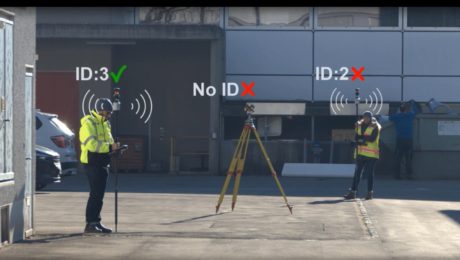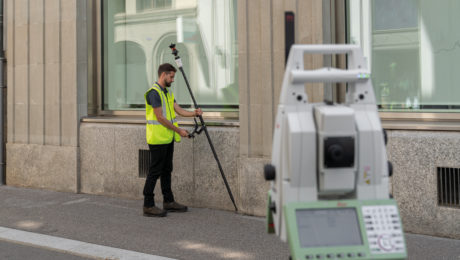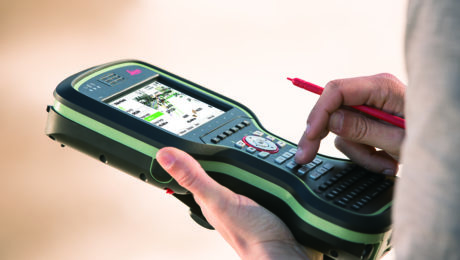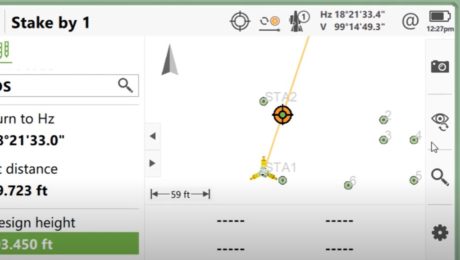The Fastest Way to Calculate and Verify Your Prism Pole Height
Here’s an easy way to make sure every change to your prism pole height is measured and applied to your survey data.
- Published in Improve Your Skills
The Easiest Way to Make Sure Your Total Station Locks onto the Correct Prism Every Time
Here’s how you can prevent your total station from locking onto the wrong prism and keep it locked on the right one.
- Published in Improve Your Skills
New Survey Pole System Promises Significant Time Savings
An innovative prism pole system with tilt compensation, automatic pole height readings and unique target identification takes total station surveying to the next level.
- Published in Featured Home, Improve Your Skills
How to Easily Automate Survey Data Management with Stylesheets
Still exporting data using ASCII or format files? Stylesheets provide an easy and flexible way to automate the process—and achieve a more impressive outcome.
- Published in Improve Your Skills
New Field App Makes Staking Workflows Fast and Easy
An app that app does all the work while you maintain all the control? That’s what you’ll find in Captivate Quick Stake.
- Published in Improve Your Skills
